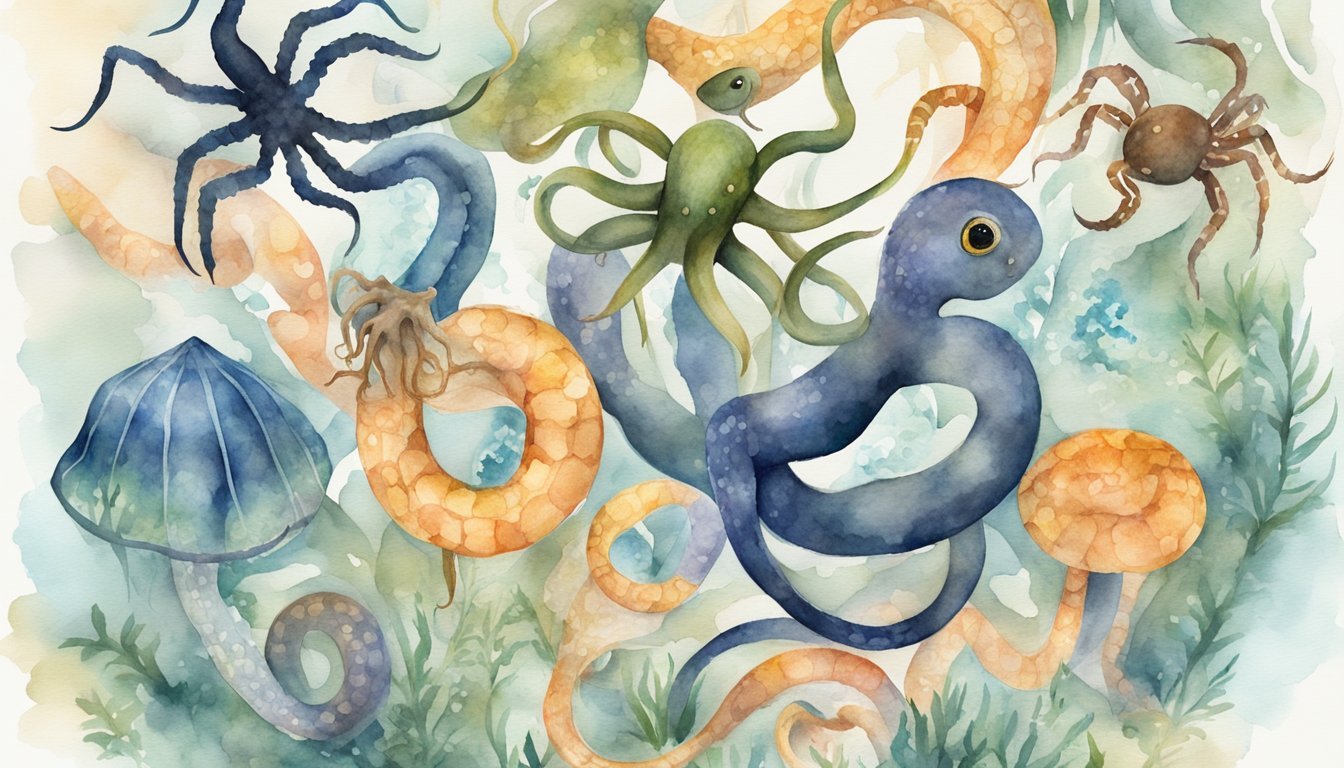Australia’s Unique Ecosystem and Dangerous Fauna
Ancient Land With A Diverse Evolutionary History
Australia is a continent with a rich and diverse evolutionary history.
It was once part of the ancient supercontinent Gondwana, which began breaking apart around 180 million years ago.
Over time, Australia became isolated, resulting in the evolution of unique flora and fauna found nowhere else on Earth.
This isolation allowed marsupials like the kangaroo and the koala, as well as monotremes like the platypus, to thrive in their unique environments.
Australia is also home to more than its fair share of fossils, with discoveries of marsupial lions and even the giant wombat, which paleontologists have been able to study extensively.
Habitats Favoring Venomous and Predatory Animals
The diverse habitats and ecosystems present in Australia favor the presence of venomous and predatory animals.
These range from rainforests to deserts and grasslands, where different animal species have evolved specialized techniques to survive and thrive. Australia’s biodiversity is strongly shaped by its varied landscape, which has allowed the evolution of numerous venomous snakes, spiders, and other dangerous animals.
For instance, Australia’s large land mass and varying environments have, over time, favored the evolution of venomous snakes.
Out of the 300 elapid snake species, which include the infamous taipan and coral snake, 60 can be found in Australia.
The venom of these snakes has evolved to target the nervous system and other vital organs of their prey, making them some of the most dangerous creatures on the continent.
Notable Dangerous Native Species of Australia
Australia is home to some truly dangerous native species, many of which have gained worldwide attention for their venomous nature.
Here are some notable examples:
-
Inland Taipan: Known as the world’s most venomous snake, the inland taipan’s venom has the highest toxicity of any snake.
-
Saltwater Crocodile: Measuring up to 16 feet in length, these predatory reptiles are a danger to anyone venturing near Australia’s northern coast waters.
-
Sydney Funnel-Web Spider: Possessing highly toxic venom, this spider is considered one of the most venomous in the world.
-
Bull Shark: Known to be aggressive and found in warm coastal waters, the bull shark is another dangerous native species of Australia.
These are just a few examples of the wide variety of dangerous animals that inhabit this fascinating continent and contribute to its extraordinary biodiversity.
Understanding Australia’s Venomous Creatures

Evolution of Venom as a Survival Tool
Australia is home to an astonishingly diverse range of deadly and venomous creatures, such as snakes, jellyfish, and spiders.
This is largely due to the unique evolutionary history of the continent.
Venom has evolved as a survival tool for many of these species, enabling them to capture prey and defend themselves against predators.
For example, Australia has 20 of the 25 most venomous snakes in the world, including the inland taipan (or fierce snake), which possesses the most potent venom of any snake species.
Many of these venomous snakes, known as elapids, have hollow, fixed fangs that deliver the venom directly into their victim.
The Role of Humans in Animal Encounters
While some of these venomous creatures may seem terrifying, it’s important to remember that humans play a significant role in animal encounters.
For instance, many encounters with venomous species like sharks, crocodiles, and even the deadly box jellyfish occur when humans unknowingly venture into their natural habitats.
Additionally, habitat destruction and climate change have driven some of these species closer to human populations, increasing the likelihood of encounters.
The saltwater crocodile, for example, is a powerful predator that can be found in the waters off Australia’s northern coast, posing a potential threat to swimmers and fishermen who might not be aware of its presence.
Preventive Measures and Response to Animal Threats
Despite the fact that Australia is home to many of the world’s most venomous and deadly animals, it’s essential to understand that there are preventive measures that can be taken to minimize the risk of encounters.
Educating oneself about the habits and habitats of potentially dangerous animals, and taking necessary precautions when entering their territories, is crucial.
Moreover, Australia has developed a range of antivenins and treatments to counteract the effects of venomous bites and stings, improving survival rates for those who may come into contact with these creatures.
In conclusion, understanding the evolutionary roots of venom in Australian wildlife, acknowledging the role of humans in animal encounters, and learning about preventive measures can help us to appreciate the fascinating world of Australia’s venomous creatures and ensure that we coexist with them safely.

